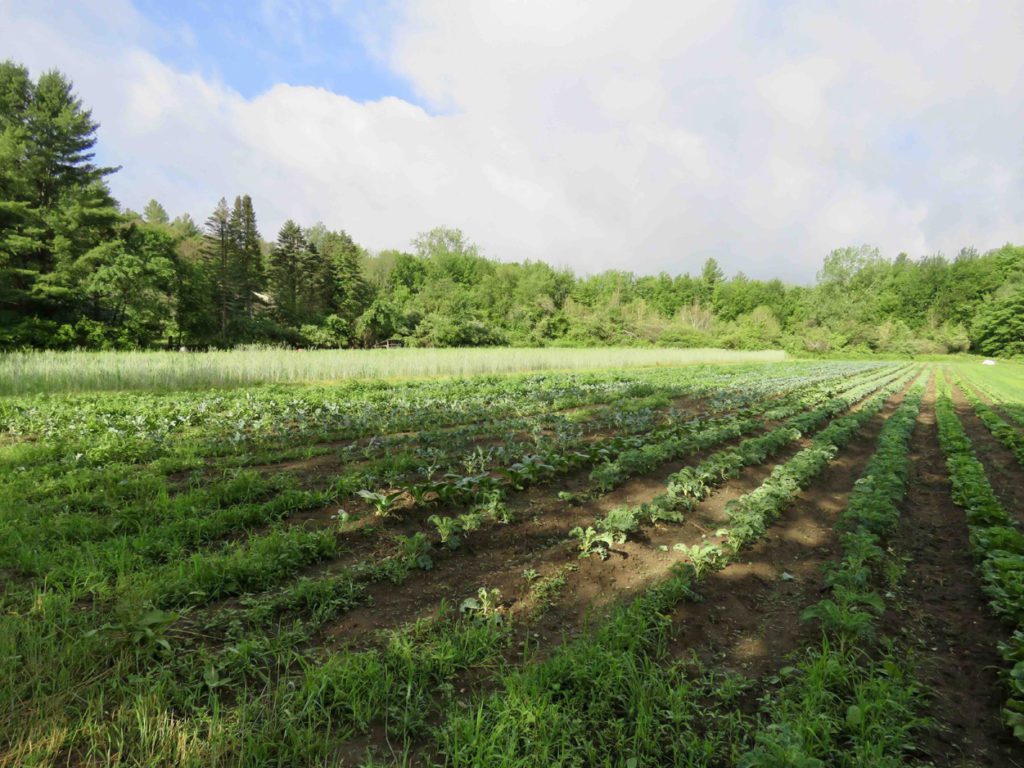Nov 23, 2021New England’s small, diverse farms a boon for shrubland birds
For hundreds of years, agriculture has heavily impacted bird habitat in New England. European settlers cleared most of the original forest for agriculture, growing to nearly 75% of the total land use, and creating opportunities for birds that do well in early-successional and shrubland habitats. However, as farms were increasingly replaced by second growth forest and industrial expansion, much of this bird habitat was lost. Today, only about 5% of land use in New England is for agriculture.
Farming is gradually returning to New England – especially small-scale, diversified operations – and so are shrubland bird populations, according to a new study from a Conservation Effects Assessment Project (CEAP) partnership between USDA’s Natural Resources Conservation Service (NRCS) and the University of Massachusetts.
This CEAP study revealed that these small, diversified farming operations are providing important breeding grounds for priority shrubland birds. In fact, these working lands are significantly complementing more deliberate efforts by wildlife managers to manage habitats for at-risk shrubland birds.
And, alternatively, most birds considered to be crop pests did not benefit from these same habitat conditions and were instead associated with bare ground, herbaceous row crops and larger field sizes.
Small, diversified farms in New England use a variety of production practices that improve shrubland bird habitat. Crop rotation, cover cropping and retaining natural habitats such as hedgerows, buffer strips, riparian corridors, meadows, shrublands, and woodlands adjacent to crop production areas all improve this habitat. These practices, in addition to supporting biodiversity, can also improve pest control and pollination – and on a broader scale, food security and sustainability.
If you are a small-scale producer, there are many things you can do to promote shrubland bird conservation on your farm. Reducing field sizes where compatible with production goals, providing tall, dense vegetation in non-production areas, and increasing cover of hedgerows, shrub, and woodland habitats can go a long way to encourage bird populations.
NRCS can help you with financial and technical assistance to establish conservation practices that aid shrubland bird populations. In doing so, you are also supporting pollination, pest control, and other ecosystem services – proving that habitat conservation and food production can coexist to benefit both agriculture and wildlife.
Learn about how you can conserve habitat and preserve native species through NRCS’ Working Lands for Wildlife initiative.
– Nancy McNiff is a USDA Strategic Communications Coordinator















